Besides honey, bees offer us many other riches with wide application in medicine, perfumery, cosmetics, dentistry and pharmacy.
Among the bee products are: propolis, bee bread, bee pollen, royal jelly, bee venom and beeswax and the total extract of bees (apis mellifera).
Beeswax occupies an important place among all bee products. Not only for bees, but also for human needs. Getting to know beeswax - this natural wealth provides another invaluable healing tool to man.
Essence and composition of beeswax
The substance characterized by elasticity, plasticity, crystalline and granular character and synthesized by worker bees in the hive is known as beeswax. Only the tireless workers in the bee family can produce it. The way to obtain this amazing product artificially has not yet been discovered.
Beeswax has a specific aroma and it intensifies when the wax is heated or melted. It is harmless, does not dissolve in water or glycerin, is almost completely preserved in alcohol. It is dissolved by essential oils and gasoline, it is mixed with paraffin, but at room temperature there is no solvent to dissolve it.
Its texture is dense and brittle at normal temperature. It melts at 60 to 68°C. When released, the wax is white or light yellow in color, but later darkens due to the layering of non-waxy components.
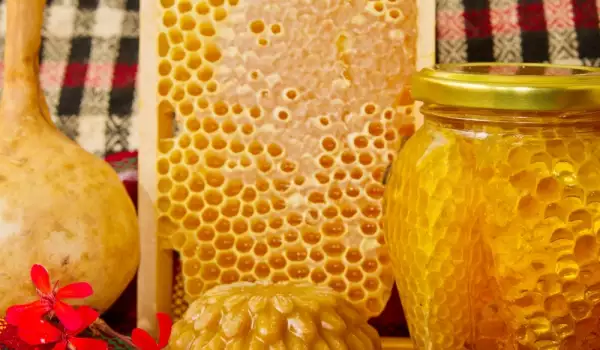
Wax is an extremely rich and complex mixture that includes over 300 substances. Among them, fatty and free acids, carbohydrates, water, aromatic substances, minerals and others can be noted.
As durability, beeswax is practically unlimited by time. Under the right conditions, it can be preserved for millennia. Bits of beeswax have been found in the Egyptian pyramids which have not lost their properties.
Getting into the body, the wax does not break down. It acts as a lubricant and is beneficial for the intestines.
Chemical composition of beeswax
Natural beeswax includes 4 groups of compounds. Essential in them are esters, which make up about 75 percent of the composition of the wax. They protect it from chemical reactions. Its content consists of:
- 10-14 percent hydrocarbons
- 13-14 percent free fatty acids and glycerol
- 1-1.25 percent free fatty alcohols
- 0.1-2.5 percent water
- 12.8 milligrams per 100 grams of carotenoids
- 4 g per 100 g of product vitamin A
- Minerals and impurities - aromas, larval shells, pollen and propolis
How is beeswax made?

Bees use wax to build honeycombs. It is produced in their wax glands. They are 8 in number, located in 4 mirror pairs. Glands are essentially modified cells of the chitinous sheath. They develop only in worker bees. They are best between 12 and 18 days of age of the bees, after which they become stunted and stop excreting wax.
Wax formation in the glands occurs thanks to constant and increased feeding of the young bee with honey and pollen and constant brood rearing. The amount of liquid wax formed is filtered through the pores of the glands and comes to their surface.
Since the air is at a lower temperature, the wax hardens immediately. Small waxy plates are formed. With their feet, the bees pick up these plates and pass them to their jaws to chew them. Thus, they enrich them with secretion from the salivary glands and turn them into building material. They build the cells for honey and pollen with it, and then seal them.
The cells are hexagonal, fit tightly together, and this allows the bees to build many cells without taking up too much space. Each flake weighs about 25 milligrams, and to build 1 kilogram of honeycomb wax, bees must produce 4 million flakes.
Therefore, the maximum amount of wax that one bee colony can produce is 7 kilograms. However, this is difficult to achieve, since ideal conditions must be provided to the bee colony for the entire active season.
Useful properties and use of beeswax in ancient times
Wax is a natural, biologically active product that is not harmful. It has a pronounced bactericidal character, which is not lost even after its processing.
It has been used in medicine for thousands of years. The ancients knew its anti-inflammatory properties, its pain-relieving effect and used it to treat wounds that were difficult to heal.
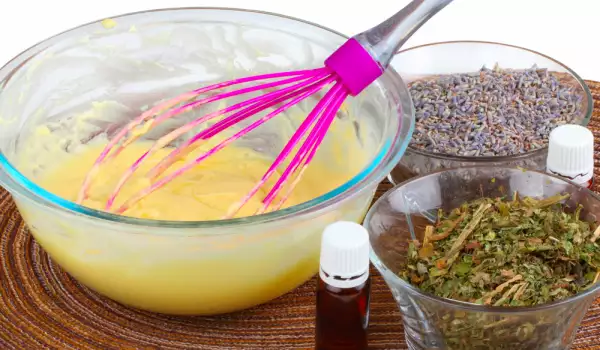
Hippocrates used it for angina, to remove plaques in the throat. Avicenna used it to relieve coughing fits and as a stimulant to the milk of nursing women.
With his help they embalmed corpses.
This product is also widely used in folk medicine. Ointments are made from it for skin problems.
Application of beeswax in modern times
Nowadays, there is no branch of modern human activity where this product is not applied.
Pharmacy - it is used for its softening and anti-inflammatory properties. It contains large amounts of vitamin A. It supports the normal development of cells in the superficial skin layer and their nourishment. Treats diseases of the skin, mucous membranes, burns and wounds. It is added it to emulsions, as well as healing creams, masks, ointments and balms. It is also used in diseases of the nasal cavity.
Dentistry - wax is an ingredient of preparations for the production of dental prostheses. Therefore, it is also used as a curative and prophylactic agent for periodontal disease. In the production of chewing gum and candies, beeswax is added to strengthen the teeth and gums. It also aids digestion because it stimulates the release of gastric juices.
Perfume - wax is successfully mixed with a number of chemical substances, enhancing their effect. With its help, essential oils are created. About 5 kilograms of essential oil is obtained from one thousand kilograms of wax, and the waste product is also used in the industry.
Cosmetics - used to regenerate cells and improve blood circulation, protecting the skin from external influences by building a protective barrier against them. It is believed that beeswax can slow down the aging process of the skin. The natural moisturizers contained hydrate the skin.
Cold and flu problems - tonsillitis and colds can be successfully treated with beeswax inhalations. There is no risk of allergic reactions because the product contains anti-allergens. Strengthens the immune system, like all bee products.
How is beeswax extracted?
Beeswax extraction is done by washing the honeycombs. The pieces of honeycomb are heated and the molten wax is separated. As it cools, it hardens. It should be stored in a clean place, without the presence of other substances with a strong aroma.
Qualities of beeswax
This bee product is extremely clean and resistant to the external environment. It is even in color, smells like honey, has no taste, and does not stick to the teeth when chewing. It can only be dissolved in essential oils at a temperature of 60-70°C.
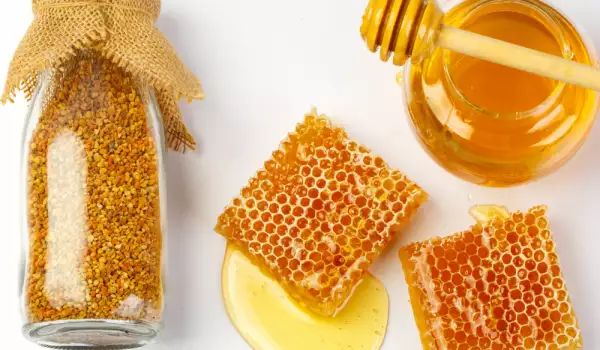
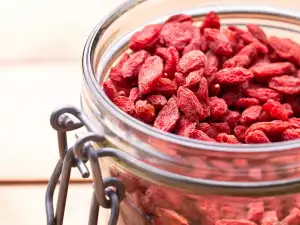

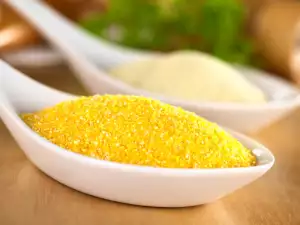
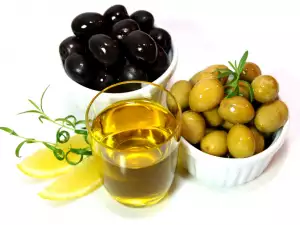


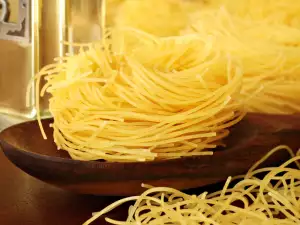
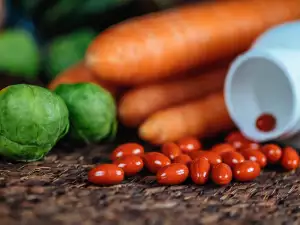


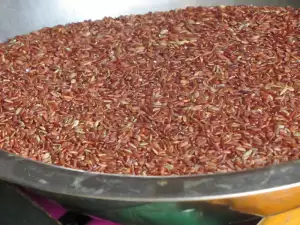
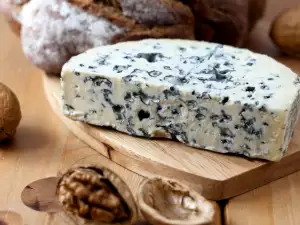
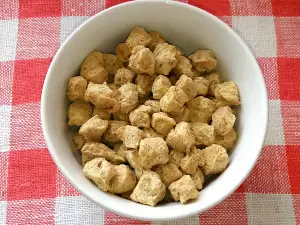






Comments